Subsea Remote Systems and Operations Online Course
Just as Remote Operations (RO) have been embraced for audits and inspections on surface assets, RO using ROVs with the pilots located many miles away, are becoming increasingly common and, for certain tasks, may soon become the norm. Despite the technology being in place for a number of years, and several successful trials, there has previously been resistance to such operations. However, the pandemic has – as in many other areas of our work – brought about a rethink in many contractors’ approaches which has seen their popularity increase as they seek to improve the efficiency of their operations. While it is still currently unlikely that RO will be utilised for heavy duty construction and trenching work, subsea inspection, survey and light intervention work scopes remain likely candidates for the transition to remote operation.
There are two main areas where ROV RO is likely to be implemented, resident seabed systems and Uncrewed Surface Vessel (USV) operations.
Resident seabed systems
The ROV resides in a subsea garage or ‘cage,’ awaiting instructions for work. This could equally apply to an AUV. These systems are usually skid mounted and lowered to the seabed from a vessel. The skid may be powered from a local asset or, for shorter term work, by battery packs.
USV Remote Operations
USVs have been used as platforms on which to mount survey equipment, but as vessels are becoming larger and more sophisticated. Benefits of USVs are much smaller vessels, no offshore crew, a lower carbon footprint and the ability to use more advanced and cleaner fuels.
For full videos you can visit this link :
https://drive.google.com/file/d/1hBzeDtnHR4cU7XFJvvDHYAj1OSw0xHgp/view?usp=sharing
and you will be directed to a google drive link where you can download all files of this course
https://drive.google.com/file/d/1vIzMR5rEqUxDtnG7aPhQJHigzv68kR1_/view?usp=drive_link
-
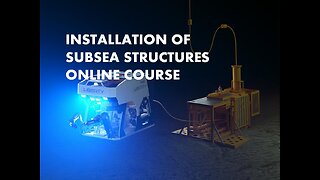 45:19
45:19
Subsea Engineering Course
1 month agoInstallation of Subsea Structures Online Course
5 -
 44:03
44:03
Subsea Engineering Course
1 month agoIntroduction to Subsea Construction Inspection and Maintenance Online Course
9 -
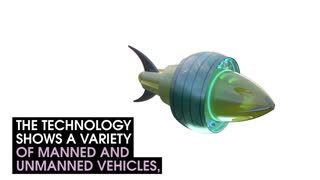 1:00
1:00
IFLScience
6 years ago $0.04 earnedFuturistic Submarine Concepts From The Royal Navy
34 -
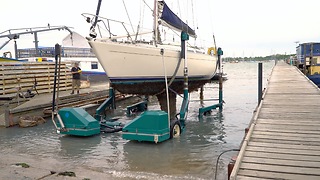 3:35
3:35
navtech
6 years ago $0.02 earnedIncredible remote control sublift yacht recovery vehicle
21 -
 1:30
1:30
Larson Electronics - American Made and Manufactured Industrial Lighting and UVC Products
8 months agoMARINE Approved LED Light for Wet and Hazardous Locations
10 -
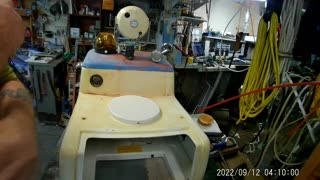 22:03
22:03
BuzzBiz
6 months agoCoastie, Working on a Coast Guard Remote / Robot Tug Boat.
25 -
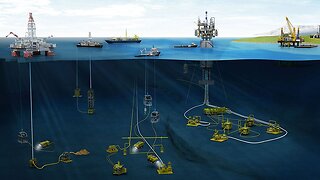 1:41:38
1:41:38
Book Club Analysis
8 months agoIntro to Undersea Resources & Warfare Part 1/2
255 -
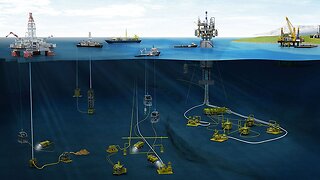 1:44:07
1:44:07
Book Club Analysis
8 months agoIntro to Undersea Resources & Warfare Part 2/2
168 -
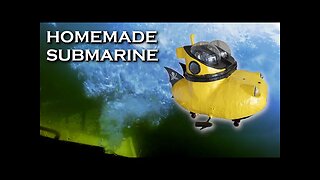 13:06
13:06
Hyperspace Pirate Archive Channel
1 year agoMy Homemade Submarine
34 -
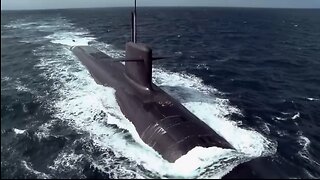 2:29:18
2:29:18
UndeniableTruth
1 year agoDocumentary: Educational: Submarines - Invisible Hunters - Total War in the Seas
1.22K